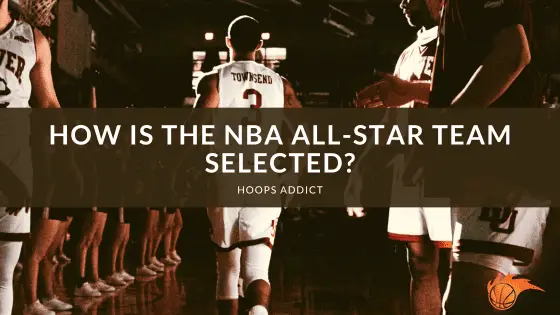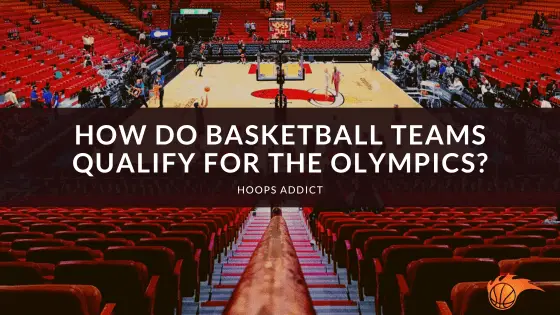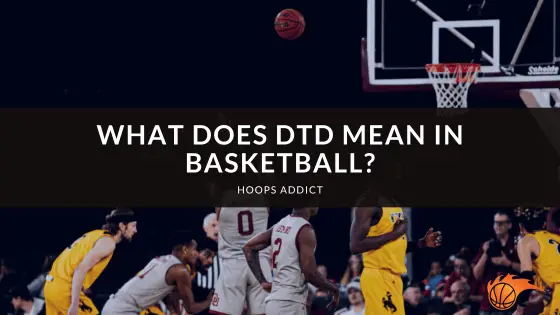Many players do not know what is a defensive 3-second violation in basketball. Would you like to know how the 3-second defensive rule works? The defensive 3-second rule is not used in a lot of leagues across the world. However, it is used in the NBA. This is the most-watched league around the world.
We completely understand that it can be confusing when we see technical fouls awarded for defensive 3-second violations, and we do not know why. We do not want you to be confused anymore.
Today we are going to clear up the rules behind this violation. This article is going to be a comprehensive guide to help you watch NBA games free from defensive 3-second confusion.
 What is a Defensive Three-Second Violation in Basketball
What is a Defensive Three-Second Violation in Basketball
Most players know what an offensive 3-second violation is, but if you mention a defensive 3-second violation, not everyone may be able to tell you what it is. A lot of people that are familiar with the offensive 3-second rule can probably take an educated guess and tell you what they think the defensive 3-second violation is.
They would not be far off if they compare it to the offensive 3-second rule. The basic concept of both rules where are the same. They do have some similarities. So, what is a defensive 3-second violation in basketball? A defensive 3-second violation is a violation that can only be assessed against the defense, or should I say a player on the defensive team.
As you know, the offensive 3-second violation is a violation that is called when an offensive player without the ball stands in the key for three seconds or more. It can also be called against the player who has the ball. It is called if they are in the key for three seconds without making a move to the basket.
The defensive 3-second rule uses the perimeter of the key as a base from which the rule is assessed. The defensive 3-second rule stipulates that a player that is not actively guarding another player cannot stand in the key, or four feet from the keys end line.
The 3-second defensive rule also states that a player can stay in the key, otherwise known as the paint, if he is guarding the ball handler one on one without actively playing defense. If it becomes a double team, both players need to guard the player actively, or the violation will be called.
 Why the NBA Introduced the Defensive Three Second Violation
Why the NBA Introduced the Defensive Three Second Violation
Before the 2001-2002 NBA season, there was no such rule as a defensive 3-second violation. Because there was no such defensive rule, players could stand in the paint to plug the key and protect the rim. Teams started to use the zone defense more and more to protect their rim.
From a coaching and players standpoint, this type of defense was quite sensible. It made sense. If your team is playing against an opponent that is very effective when they get to the paint, it made perfect sense for you to put as many bodies as you can in the paint area to protect your rim.
From a fan’s perspective, it was not as pleasing. We all know that we are more entertained when we see highlight dunks and fancy layups than when we see mid-range jumpers and missed threes. This was ultimately what happened when the key got packed. Players were not as incentivized to drive the basketball, which led to fans not being as entertained as the NBA would like.
So, how do you fix this problem if you are the NBA? You come up with a rule that clears the way for those highlight dunks and fancy layups, that’s what you do. So, that is what the NBA did. The NBA came up with and implemented a rule that limits the presence of rim protectors in the key while not compromising the integrity of team defense.
Yes, we know that the 3-second defensive rule does impact the efficiency of the zone defense; however, teams are finding ways to work around that, and the trade-off for fans it’s quite positive. With the lane now somewhat clear and free for drives, once you get by your man, the game was not as cloggy and became more entertaining for the average fan.
 Is There a Defensive Three Second Rule in College Basketball (NCAA)?
Is There a Defensive Three Second Rule in College Basketball (NCAA)?
Unlike the NBA, there is no 3-second defensive violation in the NCAA rulebook. You will see more zone defense being played in the NCAA, where it is not affected by a 3-second defensive violation rule.
Because the NCAA does not recognize a defensive 3-second violation, you may see the lane being blocked more than in the NBA. The pace of the game is improving, and so is the talent of players. With these overall improvements in basketball, even though there is no 3-second violation, we will still see highlight dunks and fancy layups in NCAA games from time to time.
The NCAA is a league that focuses more on the fundamentals of the game, developing good habits and overall learning the game than the NBA. While the NBA is purely for entertainment, the NCAA does serve additional purposes, such as teaching the game to young players.
We said that to say that the NCAA may not necessarily be as concerned about its entertainment value as much as the NBA does.
Do not get us wrong. We know that there is a substantial overall emphasis placed on the market value of the NCAA. What we are trying to say is that the NCAA does facilitate learning the game a lot more than the NBA. Because the NCAA has room for learning the fundamentals, it may not necessarily want the key unclogged as much as the NBA does.
 How Does a Defensive Three-Second Violation Work?
How Does a Defensive Three-Second Violation Work?
The defensive 3-second rule aims to free up the key area so that the game becomes more exciting. The referees will blow the whistle for a defensive 3-second violation if they notice a player who is positioned in the 16-foot lane or the area extending 4 ft past the lane end line and not actively guarding an opponent within 3 seconds.
So, how do we determine what is actively guarding? To be actively guarding a player, the defender’s arms must be in a guarding position. After a player goes into the act of shooting or there is a turnover, or the defender starts to guard an opponent actively, or if the defender leaves the lane or finally if it is imminent that the defender will get within an active guarding position, the defensive 3-second count will be stopped. The defensive 3-second violation count will not start if a double team situation on the ball handler occurs; however, both players must actively guard the ball handler.
 How Can You Avoid a Three-Second Violation?
How Can You Avoid a Three-Second Violation?
A defensive 3-second violation is assessed on players that are standing around in the key. To avoid this violation, an NBA player would simply do the opposite. They would try not to lurk around the rim without guarding an offensive player.
This may be easier said than done based on some of the natural tendencies of players. These tendencies are not always the best. Some players will end up in the key and start to ball watch, lose track of their man and completely zone out while standing in the key area.
To avoid being tagged with a defensive 3-second violation in this scenario, that players would simply stay focused on defense so that they do not lose their man and end up in the key ball watching.
Some players, especially young big men that are rim protectors, will instinctively try to stay close to the rim because that is how they were taught the game. This is a tendency that will eventually change as they gain more experience in the NBA.
A lot of big men are extending their game to the outside of the key. We are now seeing a lot of defenders that usually play close to the rim, finding themselves having to play defense on the perimeter.
Another tip that some players use to stay out of the key area even if they are playing zone defense is to keep a mental track of the three seconds whenever they enter the key. One, two, three, out. Keeping a mental record of the time allows for them to reset the 3 seconds clock before the whistle is blown.
The best way to avoid this violation is to never take plays off on defense. NBA players should always try to guard their marks actively. Yes, there will be situations where their marks may not be one pass away from the ball, or they may be helping their teammates on defense, but for other scenarios, they should try to guard their marks actively.
 How Does a Three-Second Violation Get Assessed?
How Does a Three-Second Violation Get Assessed?
If the referees notice that a defender is in the lane while not actively guarding an opponent, they will begin the 3-second count. The area can also be extended to four feet past the lane end line. If the player continues to stay in the lane for the 3-seconds without actively playing defense, the call will then be made.
Wrapping Things Up: Defensive Three-Second Violations in Basketball
Defensive three seconds is a violation that is unique to the NBA. The aim of the defensive 3-second rule is to make it easier for players to get to the rim do plays that will enhance the entertainment value of the game.
The regulation stipulates that defenders, while in the key, should actively be guarding an opponent. If they are in the key for three seconds without doing so, they will be tagged with the violation. The violation is punished with a technical free throw, and then the ball is given back to the offensive team.
Until next time ballers keep learning the rules of the league we love so much. This is why they play, and this is why we watch.
If you found this post helpful, you’re definitely going to like our other basketball FAQ articles here.

 What is a Defensive Three-Second Violation in Basketball
What is a Defensive Three-Second Violation in Basketball Why the NBA Introduced the Defensive Three Second Violation
Why the NBA Introduced the Defensive Three Second Violation Is There a Defensive Three Second Rule in College Basketball (NCAA)?
Is There a Defensive Three Second Rule in College Basketball (NCAA)? How Does a Defensive Three-Second Violation Work?
How Does a Defensive Three-Second Violation Work? How Can You Avoid a Three-Second Violation?
How Can You Avoid a Three-Second Violation? How Does a Three-Second Violation Get Assessed?
How Does a Three-Second Violation Get Assessed?

